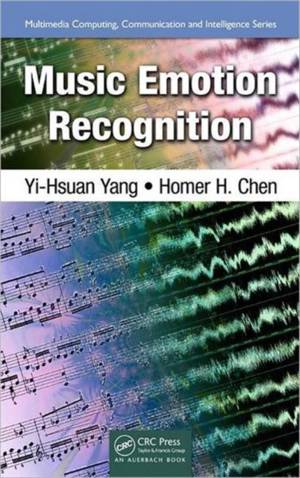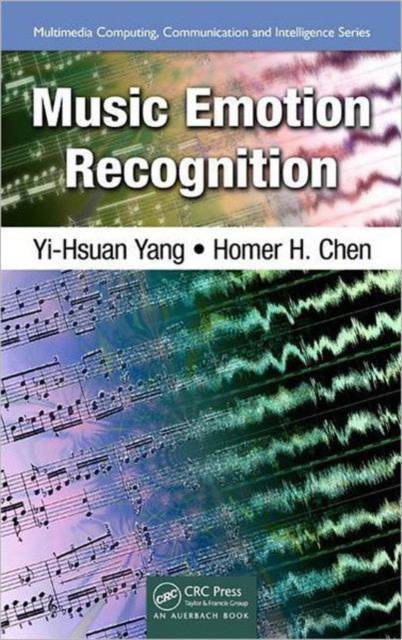
- Retrait gratuit dans votre magasin Club
- 7.000.000 titres dans notre catalogue
- Payer en toute sécurité
- Toujours un magasin près de chez vous
- Retrait gratuit dans votre magasin Club
- 7.000.0000 titres dans notre catalogue
- Payer en toute sécurité
- Toujours un magasin près de chez vous
Description
Providing a complete review of existing work in music emotion developed in psychology and engineering, Music Emotion Recognition explains how to account for the subjective nature of emotion perception in the development of automatic music emotion recognition (MER) systems. Among the first publications dedicated to automatic MER, it begins with a comprehensive introduction to the essential aspects of MER--including background, key techniques, and applications.
This ground-breaking reference examines emotion from a dimensional perspective. It defines emotions in music as points in a 2D plane in terms of two of the most fundamental emotion dimensions according to psychologists--valence and arousal. The authors present a computational framework that generalizes emotion recognition from the categorical domain to real-valued 2D space. They also:
- Introduce novel emotion-based music retrieval and organization methods
- Describe a ranking-base emotion annotation and model training method
- Present methods that integrate information extracted from lyrics, chord sequence, and genre metadata for improved accuracy
- Consider an emotion-based music retrieval system that is particularly useful for mobile devices
The book details techniques for addressing the issues related to: the ambiguity and granularity of emotion description, heavy cognitive load of emotion annotation, subjectivity of emotion perception, and the semantic gap between low-level audio signal and high-level emotion perception. Complete with more than 360 useful references, 12 example MATLAB(R) codes, and a listing of key abbreviations and acronyms, this cutting-edge guide supplies the technical understanding and tools needed to develop your own automatic MER system based on the automatic recognition model.
Spécifications
Parties prenantes
- Auteur(s) :
- Editeur:
Contenu
- Nombre de pages :
- 262
- Langue:
- Anglais
- Collection :
Caractéristiques
- EAN:
- 9781439850466
- Date de parution :
- 22-02-11
- Format:
- Livre relié
- Format numérique:
- Genaaid
- Dimensions :
- 137 mm x 211 mm
- Poids :
- 249 g

Les avis
Nous publions uniquement les avis qui respectent les conditions requises. Consultez nos conditions pour les avis.






